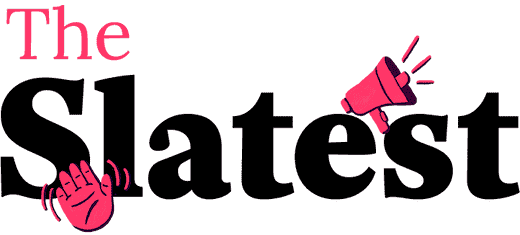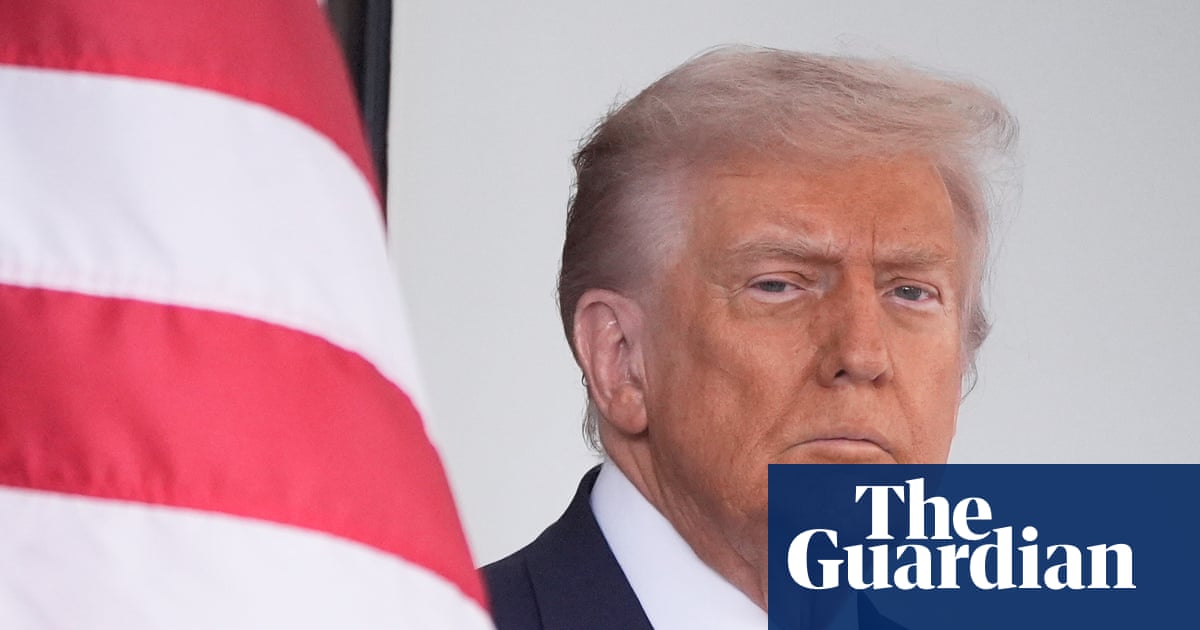Sign up for the Slatest to get the most insightful analysis, criticism, and advice out there, delivered to your inbox daily.
The romance of flight is still alive for those who are willing to fork over the $1,500 or so necessary to climb on board the Love Cloud. That price earns you, and fellow thrill-seeker(s), a limousine escort to the modest North Las Vegas Airport—about 10 miles away from the twinkling Strip. There is no security queue that must be navigated, nor any gate agents checking your bags. Instead, the two of you will load onto an idling Cessna 414—the Love Cloud in question—gutted of its staid interior and retrofitted with classic honeymoon accoutrements. Lounge among the heart-shaped pillows and rose bouquets on, of course, the twin-sized bed tinseled with red satin sheets while the pilot brings the plane to 5,280 feet, exactly one mile above Las Vegas. He’ll pin a curtain between the cabin and the cockpit, and for the next hour, you may luxuriate in one of the venerable fixations of the erotic imagination.
“We’re serving our niche of clients that want that special flight without the hassle,” Tony Blake, the owner and one of the captains of the Love Cloud, told me. Love Cloud has completed more than 4,000 of these consummating flights since its maiden voyage in 2014. “Nobody is going to be patting down their balls in security or anything like that. It’s a once-in-a-lifetime romantic experience.”
Blake has seen it all in his time behind the yoke. The Love Cloud has played host to wedding ceremonies, vow renewals, and intimate anniversary dinners in the desert sky. He’s become familiar with the kinksters—threesomes, sometimes foursomes—who arrive at the airport dressed in either lingerie or “nothing at all.” (“Those flights are the most tricky,” he added. “I can feel everything that’s happening in the aircraft.”) One of his favorite trips involved an elderly couple, confined in a fading marriage after 40 years, who held on to the faith that some skybound coitus could reignite the spark. “They were glowing afterwards,” continued Blake. “When we landed, he put his hand on her ass, walked her to the limo, and opened the door for her.” More than anything, Blake hopes that the Love Cloud represents the last bastion of an erstwhile sense of romantic abandon that was once connected to the concept of air travel—before the indignities of modern aviation soured the mood.
“A lot of people want to join the Mile High Club, but they haven’t gotten the opportunity,” he said. “They’re just squeezing their butt cheeks together in economy and hoping they get a good seatmate.”
In that sense, Blake is cognizant of a very distinct social void—one that perhaps can be felt, if not entirely seen. As a child of the 1990s, I’m fairly certain that the “Mile High Club” was the first kinky euphemism I ever became fluent in. (If I were to guess, I probably first encountered the term while up past my bedtime watching Spike TV, in between all the Girls Gone Wild commercials.) It was cheeky, tawdry, and made for easy late-night discussion; the de facto carnal credential. More importantly, it was everywhere. At the turn of the millennium, the Mile High Club seemed to suffuse all avenues of pop culture. It was standard practice for newspapers, magazines, and middlebrow morning shows to query celebrities about their mid-flight escapades. Richard Branson boasted to GQ in 2007 about wiping off the handprints he left on a lavatory mirror, Janet Jackson revealed on The Tyra Banks Show in 2006 that she eschewed the bathroom entirely during an airborne hookup, Tommy Lee Jones and Pamela Anderson—the power couple of a certain brand of mid-’90s camp—are proud members of the club, and, well, the less said about Ralph Fiennes and that flight attendant, the better.
Just as often, that Mile High Club gossip had a way of jumping off the tabloid pages where it was transmuted into legitimate fetish material. I think I speak for many men of my generation when I say that, among our first flickers of sexual awareness, nothing compares to the music video for “Toxic” by Britney Spears. In it, the pop star is cast as a flight attendant dressed in a cutout minidress. She struts down the aisle, abducts a dorky commuter in coach, and graces him with a steamy lapdance. He seems to be both terrified and utterly thrilled that the one thing he’s always wanted to happen on an airplane is somehow being fulfilled.
None of these daydreams compute from the vantage point of 2025. Yes, the Mile High Club remains in our lexicon, but the civil covenant necessary to actualize such a romp—the idea that a flight could be fertile ground for a hookup, or even that those on board would ever deign to socialize with their fellow passengers—is dead and buried. Our hours in the sky are spent blinded by eye-masks, zonked on Klonopins, and making grim dinners out of plastic-sheathed biscotti. It is something to endure, rather than savor. “I don’t think people think about sex when they’re so close to their seatmate that they can feel their arm hair,” said Heather Poole, a longtime flight attendant who is open, in her memoir, about how the friendly skies were once laden with a greater degree of libidinal spontaneity. Poole recalls the languid ’70s and ’80s, where she’d cast leery eyes on the vacationers sneaking off to the bathroom after a carafe of Champagne. She doesn’t miss the sex, per say, but she does find herself wistful for an era where its fantasy was a bit more tangible. Or, in other words, when the dehumanization of a plane ride didn’t completely eclipse its joys.
“Flight is less exciting. People dread it. I joke that we should hand out straitjackets to make the middle seats more comfortable,” said Poole. “It’s stressful. It causes anxiety in a lot of passengers.”
Poole has identified a profound shift in the status quo. Because, frankly, it isn’t a stretch to say that the Mile High Club is intrinsically entwined with the grand history of American aviation.
Horniness and air travel go hand and hand—just ask the tradition’s probable founder, Lawrence Sperry, who was the inventor of the first autopilot system, and a world-renowned womanizer. In 1916, Sperry offered to give a New York socialite—a woman known in the records exclusively as a “Mrs. Waldo Polk”—some “flying lessons” in a rickety Curtiss biplane. According to lore, Sperry crash-landed on Long Island, and when two duck hunters came across the wreck, they discovered that Sperry and his paramour were both alive—and nude. (Sperry came up with an excuse. He claimed that the velocity of the descent “divested” him of his clothing.)
Pancho Barnes, a legendary stunt pilot in the 1920s and ’30s, could surely relate. Barnes traveled across the country and pushed the limits of what was possible on those old biplanes. She carved up the sky with barrel rolls, loop-the-loops, and puke-inducing dives. (Barnes would go on to break Amelia Earhart’s record for women’s aerial speed, achieving an eye-popping 196 miles per hour.) So, why did she fall in love with flying? Well, according to a quote colloquially attributed to Barnes, “It makes me feel like a sex maniac in a whorehouse with a stack of $20 bills.”
It is, admittedly, difficult to relate to Barnes’ carnal fervor while safely ensconced in an antiseptic 737, but Kate Folk, an author who wrote a whole book about sex in the sky, holds the opinion that air travel and sexuality have more in common than we might realize. Sky Daddy follows a woman named Linda who derives a perverse satisfaction from a rumbling fuselage, so she budgets her money to purchase round-trip flights—on the last weekend of every month—to marinate in the concupiscent suspense of the aircraft. Folk started to develop the idea for the novel after noticing that the process of takeoff seemed to mimic the smolder of arousal. “The plane lines up in position and it’s all perfectly calm,” she explained. “But then the engines fire, it surges ahead, and finally, you leave the ground.” Folk detects a lusty anticipation in this “combination of the erotic and the danger.” And as someone who has maintained a lifelong anxiety about flying—who has searched, in vain, for anything to cut the tension during spurts of turbulence—I do kind of see where she’s coming from.
“You’re kind of surrendering your will when you get on a plane. A real helplessness. You’re sealed into the cabin. There’s nothing you can do,” continued Folk. “It feels almost spiritual in a way.”
She isn’t the only one to feel that way—the genre of aviation-themed pornography is boundless. Four years ago, Mel Magazine reported on an entire Reddit community dedicated to sharing what can only be described as hand-drawn anthropomorphized aircraft hentai (those figures are known as aeromorphs.) Some more adventurous human exhibitionists are eagerly working around the limits of plane sex, too. This is especially true for Czech Republic–based adult performers Tonny and Mia, who, in 2022, uploaded a hugely successful clip to Pornhub titled “Risky plane handjob and blowjob on crowded plane.” The composition is unnervingly naturalistic. The couple sit in what appears to be the rear of a dingy RyanAir flight and surreptitiously enjoy some third-base hanky-panky. “We love teasing each other and pushing boundaries,” they told me in an email. “We took it as a challenge.” The 500,000 views the clip has received speaks for itself. “The fans are thrilled by it,” they continued. “Consumers want to watch people hook up on airplanes—no doubt.” They’re not the only ones who’ve made videos like these—tour around any porn site and you’ll find countless depictions of sky-high sex, both real and scripted. (For what it’s worth, the legal ramifications of joining the Mile High Club are murky. But at minimum, you may be facing a public lewdness charge.)
All that said, it must be noted that the erotic current that once coursed through air travel wasn’t an accident. Quite the opposite, in fact. Julia Cooke, author of Come Fly the World—a history of the women who worked for the legendary international carrier Pan Am—reminds me that flight attendants during the golden age of aviation were practically mandated to concoct a flirty atmosphere. “The gambits some airlines of that era were doing were really nutty,” she said. “There was, for instance, the Air Strip, on Braniff Airways, where the stewardesses took off a layer of clothing between every meal course.” Cooke argues that the conditions that introduced the Mile High Club to the masculine imagination were more or less a capitalist invention. The majority of passengers were men—traveling without their wives on business—so Pan Am wielded its fleet of flight attendants as an asset, and transformed the sky itself into a sexualized space.
“Flight attendants were understood to be female, to be beautiful, and to be available. That’s why they were not allowed to be married. It was the result of men in boardrooms thinking, ‘Maybe we could get more men on the plane if they think they could get laid,’ ” said Cooke. “And it did happen. Perfectly gentlemanly men got the number of stewardesses, and that was perfectly aboveboard. They went on to date them, and in some cases marry them. All these things are nuanced. It’s not exclusively exploitative.”
If you ask Cooke when the glamour began to leak out of air travel—rendering concepts like the “Air Strip” totally alien—she’d point to the Airline Deregulation Act of 1978. The law stripped away federal oversight of U.S. airways, which were previously treated like a public utility, and lent authority to the government to control fares and service routes. This eventually resulted in a fundamental redefinition of the airline industry, so much so that Ganesh Sitaraman, a legal scholar at Vanderbilt, authored a book about the impact of the legislation. (Naturally, his book is titled Why Flying Is Miserable: And How to Fix It.)
“By the end of the 1980s, you have the same group of airlines that were dominant during the regulatory period, but now unregulated,” said Sitaraman. “The prices start going up, and the quality of service goes down. The stories of seat sizes, or amenities, are all a function of this new world of cutthroat competition where you want to drop your costs and maximize your network. In the ’70s, you had things like a piano bar in the plane, or free alcohol in coach, because it was a race to the top by competing in service. But once you get rid of the regulated prices, you end up in a competition in the other direction.”
Naturally, Sitaraman would like to see the reintroduction of some regulatory statutes. Perhaps a federal legroom guarantee—ensuring that we will never again have our knees pressed to the seatback in front of us. (Or even better, the permanent abolishment of those tiny little plastic cups filled with half a can of ginger ale.) Would that result in a renaissance of the Mile High Club? I doubt it. Even with the mild improvements to the overarching product, the capacity to become horny over the North Atlantic has been permanently beaten out of us. As longtime travel writer Rolf Potts wrote in his 2022 book The Vagabond’s Way, “In an era of cheap airfares, long security lines, and cramped seating schemes, having sex on a commercial flight [has begun to feel] as tacky and quotidian as having sex in a Walmart.”
Poole, the flight attendant, also doesn’t believe that we’re in for a Mile High Club revival, though her reasoning is much more melancholy. When she was younger, Poole would walk down the aisle and find herself enmeshed in a conversation with a passenger about the book in their hands, or the magazine they were flipping through. These days? “They’re all connected to a device,” said Poole. How do you strike up a conversation with someone who is encased in their headphones all the way from JFK to LAX? It’s a lonely time to be alive in 2025, even when we’re hurtling through the wild blue yonder together.
But at the very least, the Love Cloud hasn’t given up on the dream just yet. The next time I suffer through the tragedy of aviation—munching on stale crackers, watching stuttering YouTube videos on $28 Wi-Fi—at least I can trust that, somewhere else in the sky, a couple might be having the time of their life. “It’s a bucket-list thing,” said Blake. “We have people calling us all the time saying, ‘Oh my god, our flight was nine months ago, and whenever I see a plane in the sky I get giddy all over again.’ ” No gate agents, no seatbelt signs—just a covert liaison at cruising altitude. We should all be so lucky.



